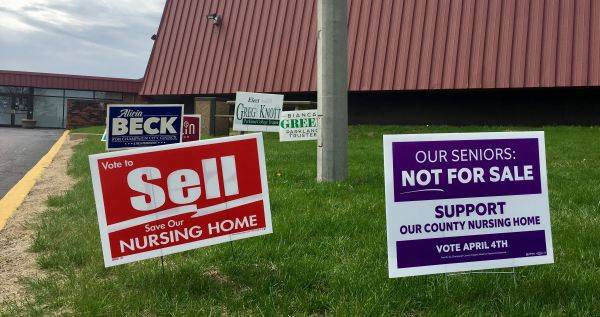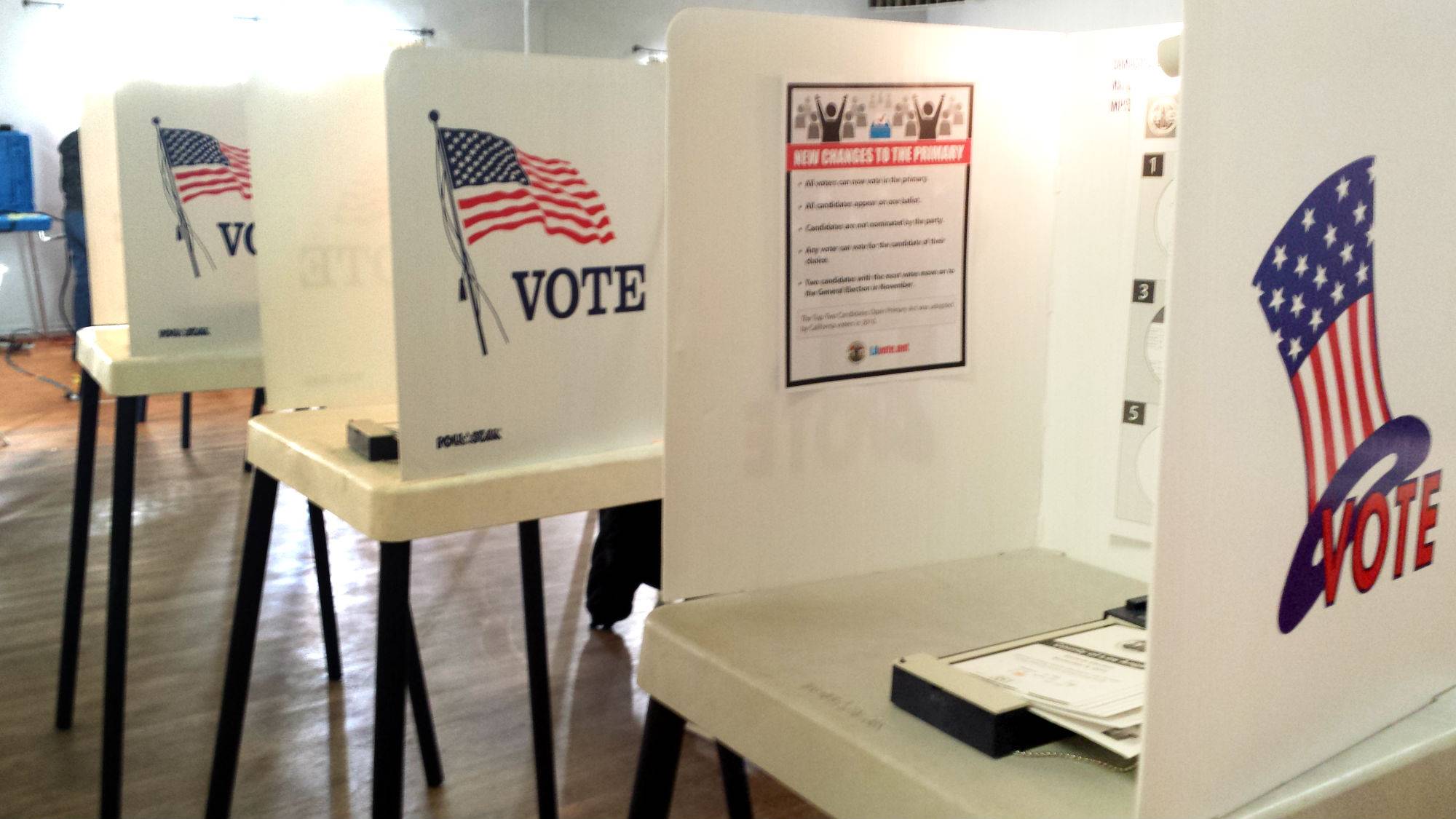Our community mirrors the nation in many ways, we have a strong mix of rural and urban cultures, academic knowledge and agricultural spirit, robust businesses and vibrant arts. Every national political issue, be it public vs private healthcare, big money politics, environmental protection, taxes, education, union labor rights, drug laws, or civil justice issues, all of these items are embodied locally in different ways.
Another way we mimic national politics is in our dreadfully low voter turnout during primary and municipal elections. People tell me that in these elections 21-percent voter turnout should be celebrated and that anything over 27 percent is unthinkable and laughably ambitious. History seems to prove them right.
 But is the ceiling for primary elections really capped at 25-percent voter turnout? I would hope not, and I think local voter inequality helps show that higher turnout numbers are possible.
But is the ceiling for primary elections really capped at 25-percent voter turnout? I would hope not, and I think local voter inequality helps show that higher turnout numbers are possible.
Voter inequality is most apparent when you look at voter turnout percentages in different local precincts. Some of the wealthier neighborhoods have turnouts as high as 30 to 40+ percent, significantly higher than the county average. The low-income and rental neighborhoods have voter turnout rates between 5 and 15 percent. This is even more concerning when you consider that according to US Census data, the majority of the residents in Champaign (>53%) and Urbana (>61%), live in rental properties. Can anything be done to bridge the participation gap and uplift the electorate in these precincts to be closer to — or even surpass — their wealthier, home-owning neighbors?
I believe that as a community, we can work together and do a lot better.
There are many reasons that the turnout is low in primary elections, but Champaign County is in a unique situation where we have the resources to do something about it. Each citizen in Champaign County has access to online voter registration and verification so that they can easily check their status from their phone, vote-by-mail so that they don’t have to leave the house to vote, early voting locations so that they don’t have to take the day off work, sample ballots so voters can be educated on the candidates running, and same-day voter registration to make sure that no citizen is denied access to the voting booth. In addition, Illinois recently passed automatic voter registration, which won’t take affect until mid-2018 but is huge for elections going forward. It has never been easier to register and vote in Champaign County.
 The final and most crucial step is getting registered voters to actually cast ballots. Of course you need strong candidates with issues worth voting for, but I also feel a lot of people just don’t know when the primary election is coming up or who is running. It’s a common response I get when talking with people around town, especially young voters and working people, and it is hard to blame them. If someone isn’t an avid and frequent consumer of local news, these elections are easy to miss. Signage around town is often nonexistent, inefficient, or misleading. I’ve seen yard signs for municipal elections with great political messages, but the key piece of info, “Vote on [Date]!,” was the last line of the sign and printed in the smallest font.
The final and most crucial step is getting registered voters to actually cast ballots. Of course you need strong candidates with issues worth voting for, but I also feel a lot of people just don’t know when the primary election is coming up or who is running. It’s a common response I get when talking with people around town, especially young voters and working people, and it is hard to blame them. If someone isn’t an avid and frequent consumer of local news, these elections are easy to miss. Signage around town is often nonexistent, inefficient, or misleading. I’ve seen yard signs for municipal elections with great political messages, but the key piece of info, “Vote on [Date]!,” was the last line of the sign and printed in the smallest font.
More efficient campaign signage is a start, but there are several even simpler things that could be done to increase local political awareness.
For instance, we see flags on the light poles around town advertising various local festivals and events. Could they also advertise upcoming elections, even a simple “Vote March 20”? The answer seems to be yes, and the office responsible for these flags has been helpful in eliminating the remaining hurdles to get these up for the upcoming primary election.
Another public option could be the MTD bus signage. MTD’s public PSAs can only be used for charities and freedom celebrations, but their affordable ad space on buses is not completely out of reach for local progressives.
Recently, I’ve also heard people claim that there is active voter suppression in Champaign County. I was shocked to find out that the U of I was required by Illinois law to distribute voter registration forms to each student each time they register for classes. As I understand it, the UIUC has not been providing these forms to their students. In addition, they do not provide students notice of upcoming elections. The Illinois Student Government (ISG), along with the League of Women Voters UIUC and several other student organizations, have called on the university to follow legal requirements and provide their students with voter information resources.
I could only imagine how this would change the 3-percent campus turnout. As many have told me, “Getting students to vote is like pulling teeth,” but were the UIUC to comply, the impact on student voter turnout could be dramatic and make waves in local elections. Some would argue that UIUC students shouldn’t vote under their campus addresses because they would muddle up local politics. Because local and state laws affect students’ lives — be it property taxes increasing cost of rent, sales taxes increasing general cost of living, or the University being a taxpayer-funded institution — I would argue that students deserve a local electoral voice.
Now is the time for political change. People are motivated and connected like never before, and we have a rare opportunity to tap into that. We’ve seen elections both national and local that we wish would have gone differently. We’ve seen many elections won by single-digit margins, with large swaths of people not casting a ballot at all. Just imagine what could happen if even 20 percent of the typical nonvoters showed up on election day. It doesn’t sound like much, but it could change a lot.
Primary elections have huge impacts in our broken two-party political system, and I am continually shocked that more isn’t done to boost turnout among the least represented of the electorate: renters, students, and low-income families. Many campaigns I have spoken with won’t even try to reach these voters for the primary, writing them off months votes are cast. It’s time we turn the system on its head. We have the tools and resources. What better place to start than right here in our own community?. When March 20 comes around, are we going to have another 22-percent pat-on-the-back celebration? Or will this be the year that we shatter ceilings?








